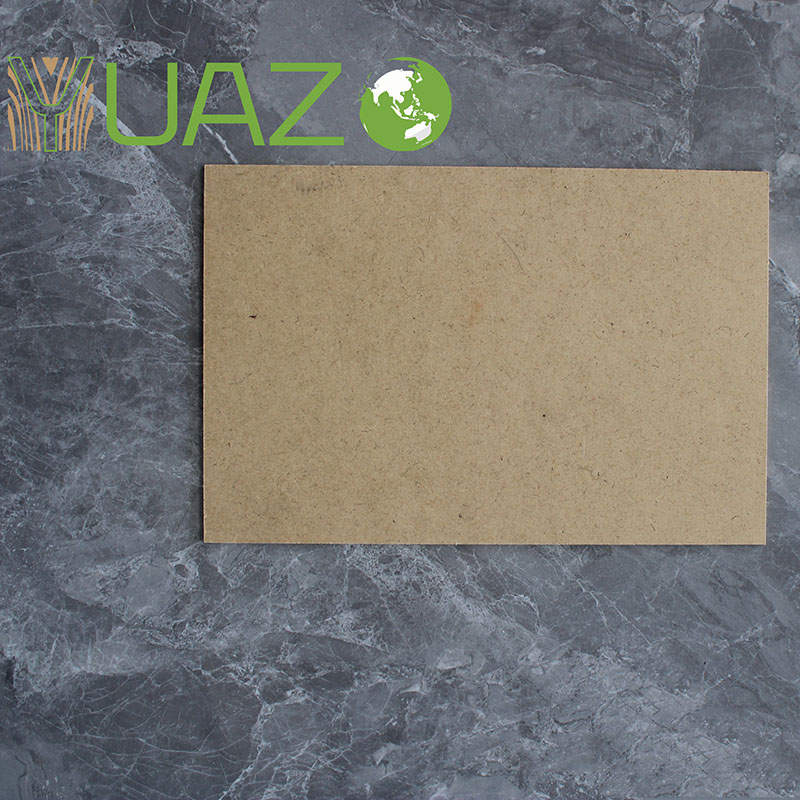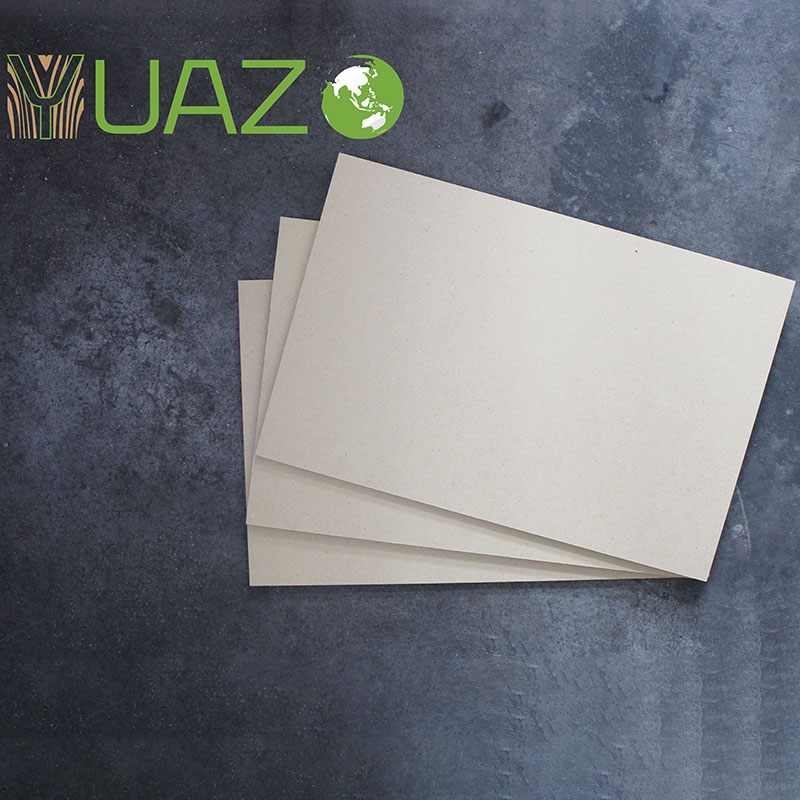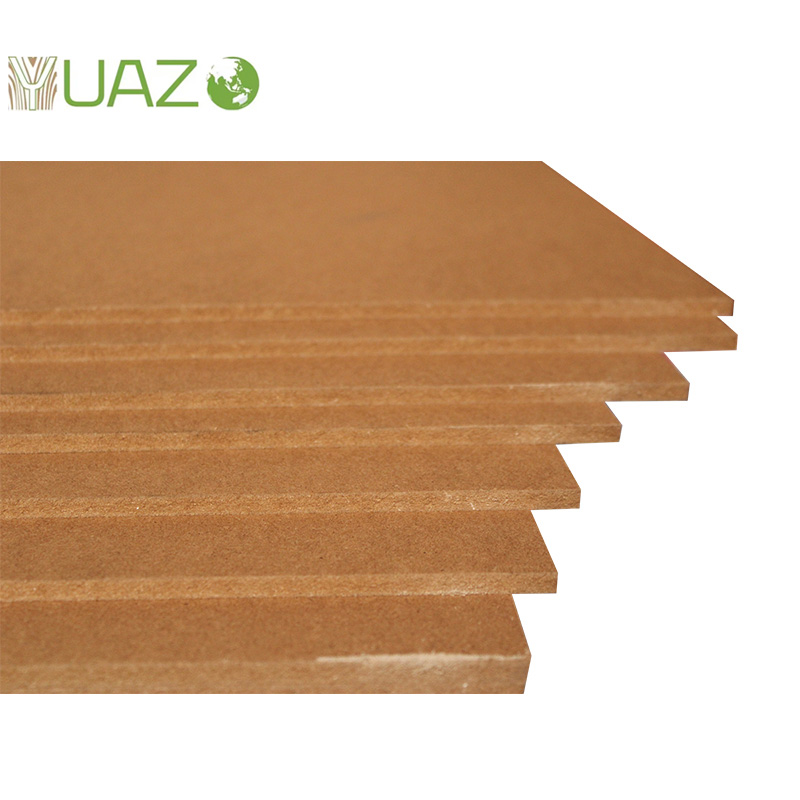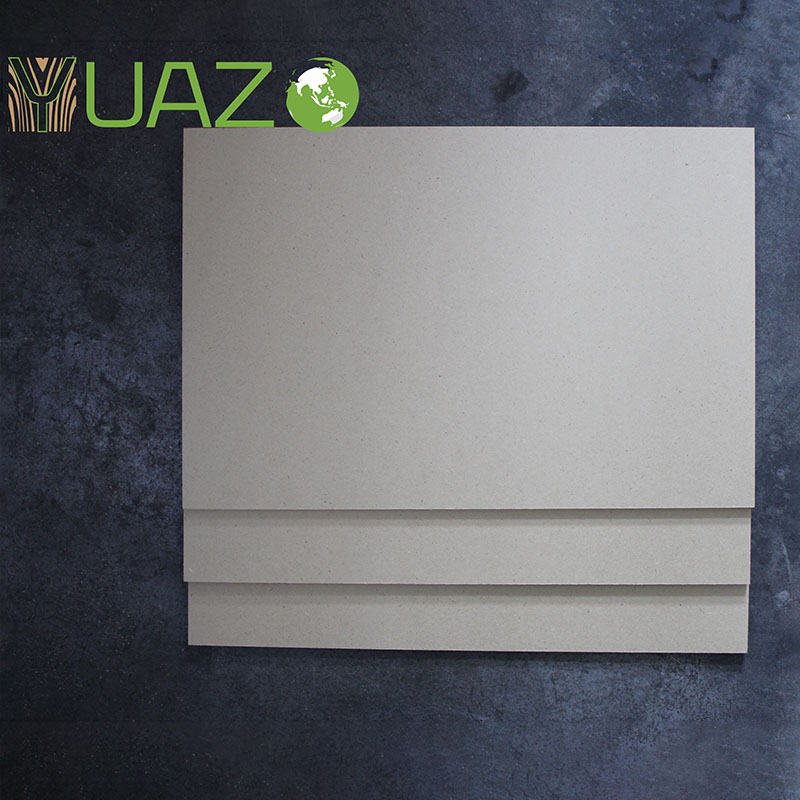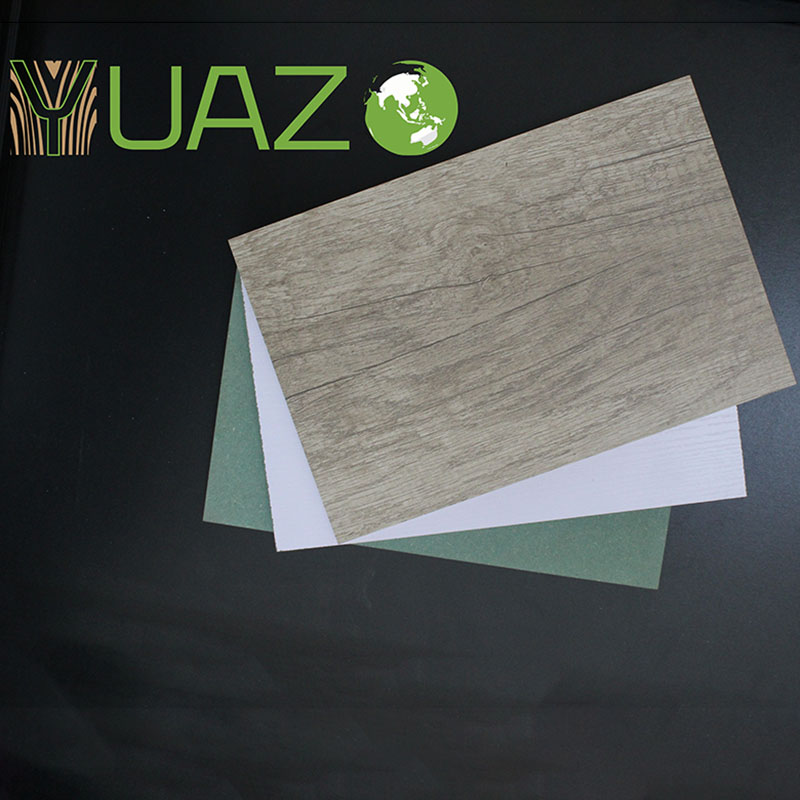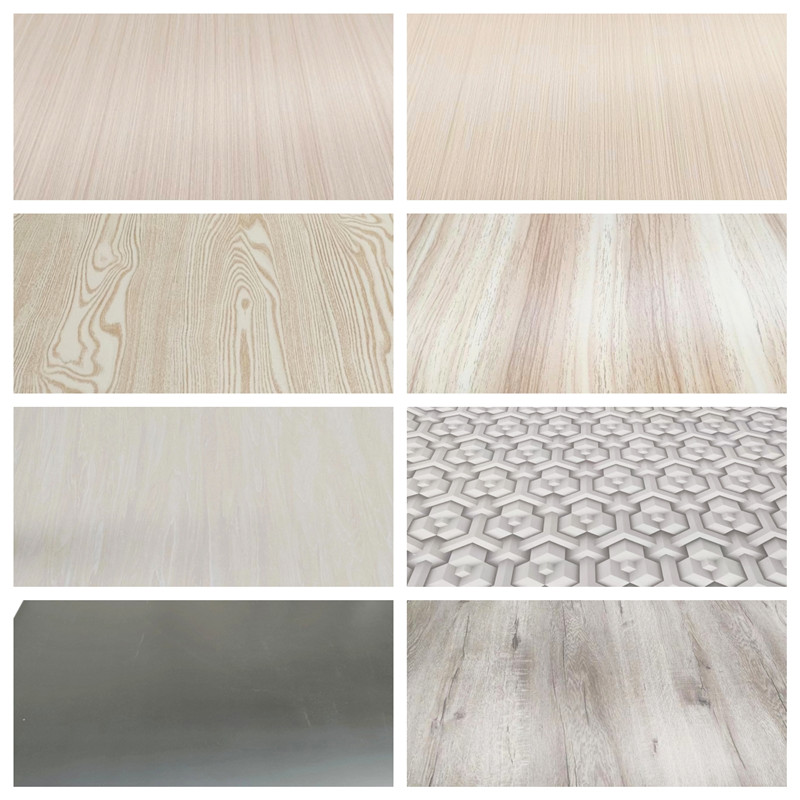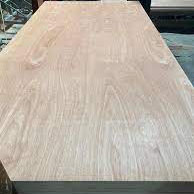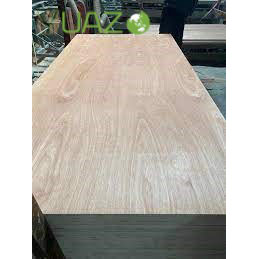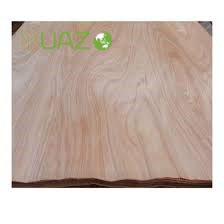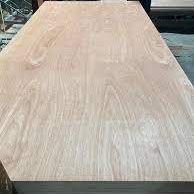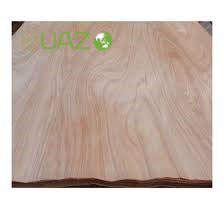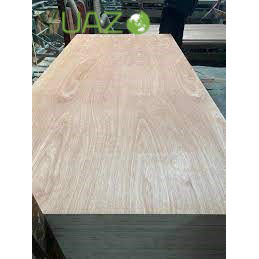Pencil Cedar Veneer
| size | 4x8, 4x7, 3x7, 4x6, 3x6 or as required |
|---|---|
| Thickness | 0.1mm-1mm/0.15mm-3mm |
| Grade | A/B/C/D/D- |
| Grade features | |
| Grade A | No discolor allowed, no splits allowed, no holes allowed |
| Grade B | Slight color tolerance, slight splits allowed, no holes allowed |
| Grade C | Medium discolor allowed, split allowed, no holes allowed |
| Grade D | Color tolerance, splits allowed, within 2 holes diameter below 1.5cm allowed |
| Packing | Standard export pallet packing |
| Transport | By break bulk or container |
| Delivery time | Within in 10-15 days after receiving deposit |
In the past ten years, my country's furniture manufacturing and decoration industries have widely used thin wood veneer technology. The following is some research on thin wood, for your reference only:
Classification of thin wood:
1. Classification by thickness
Thickness greater than 0.5mm is called thick wood; otherwise, it is thin wood.
2. Classification by manufacturing method
It can be divided into planed thin wood; rotary cut thin wood; sawed thin wood; semi-circular rotary cut thin wood. Usually, the planing method is used to make more.
3. Classification by form
It can be divided into natural veneer; dyed veneer; combined veneer (technical veneer); spliced veneer; rolled veneer (non-woven veneer).


